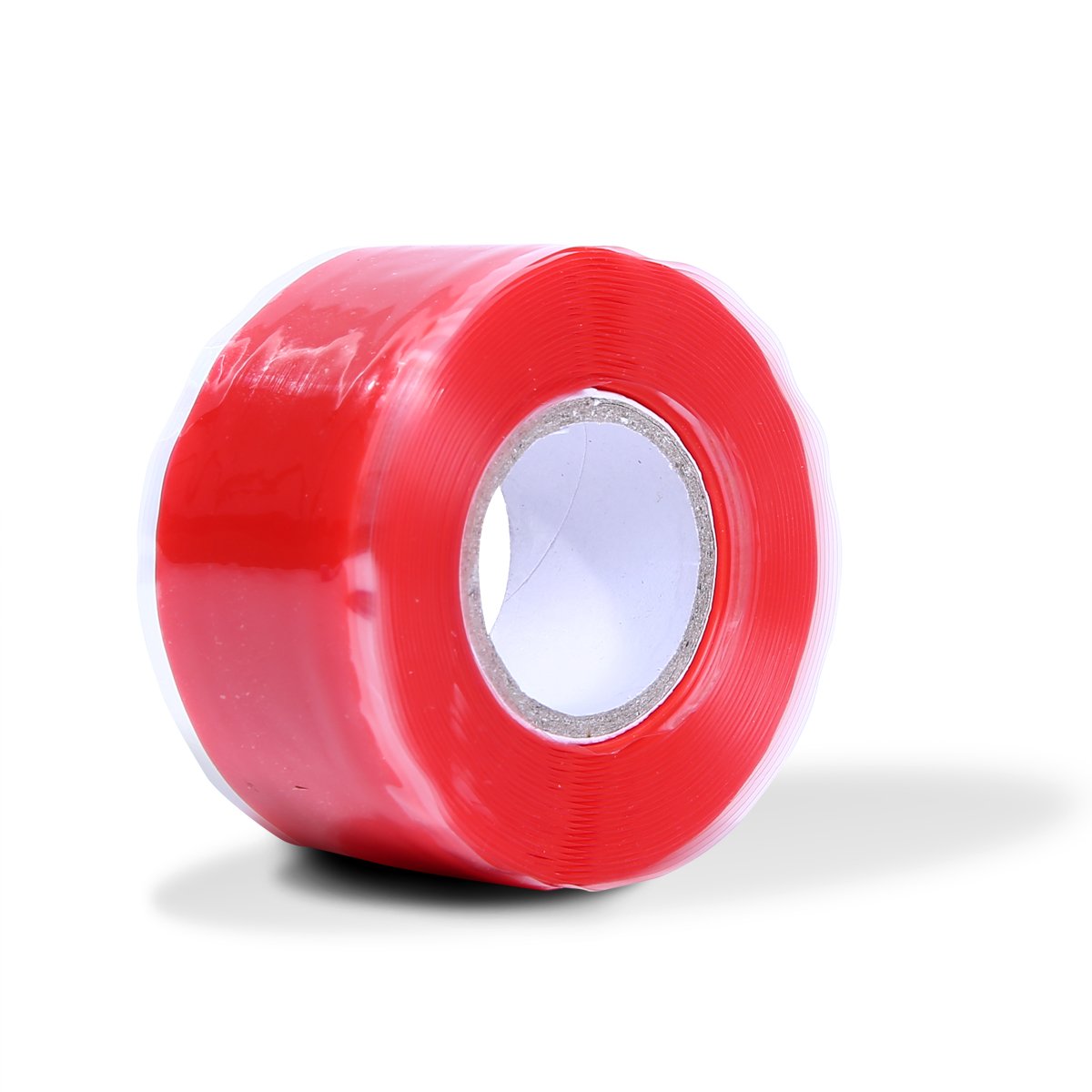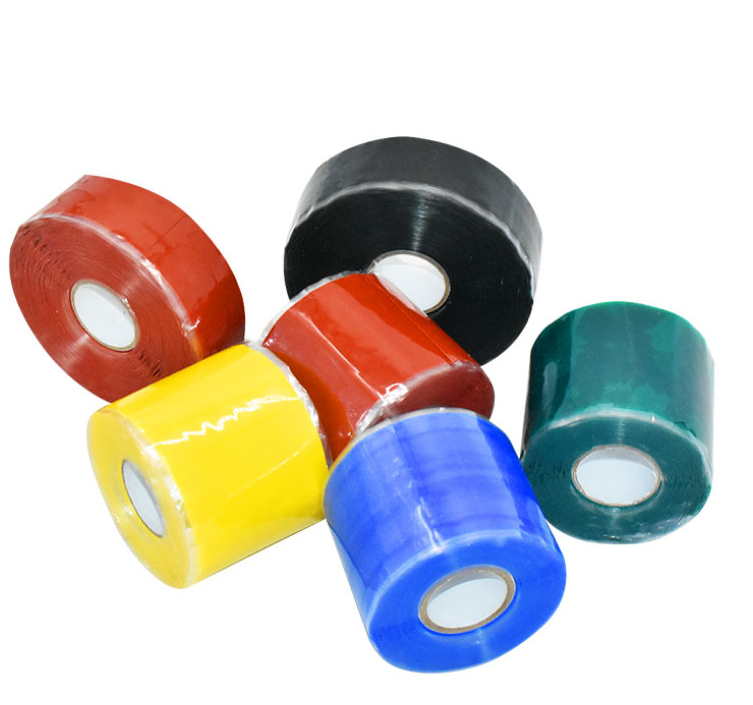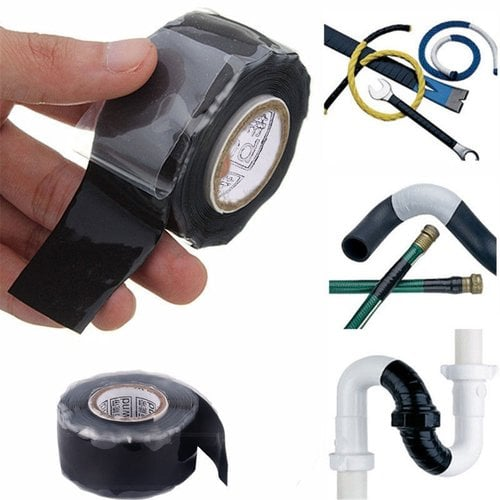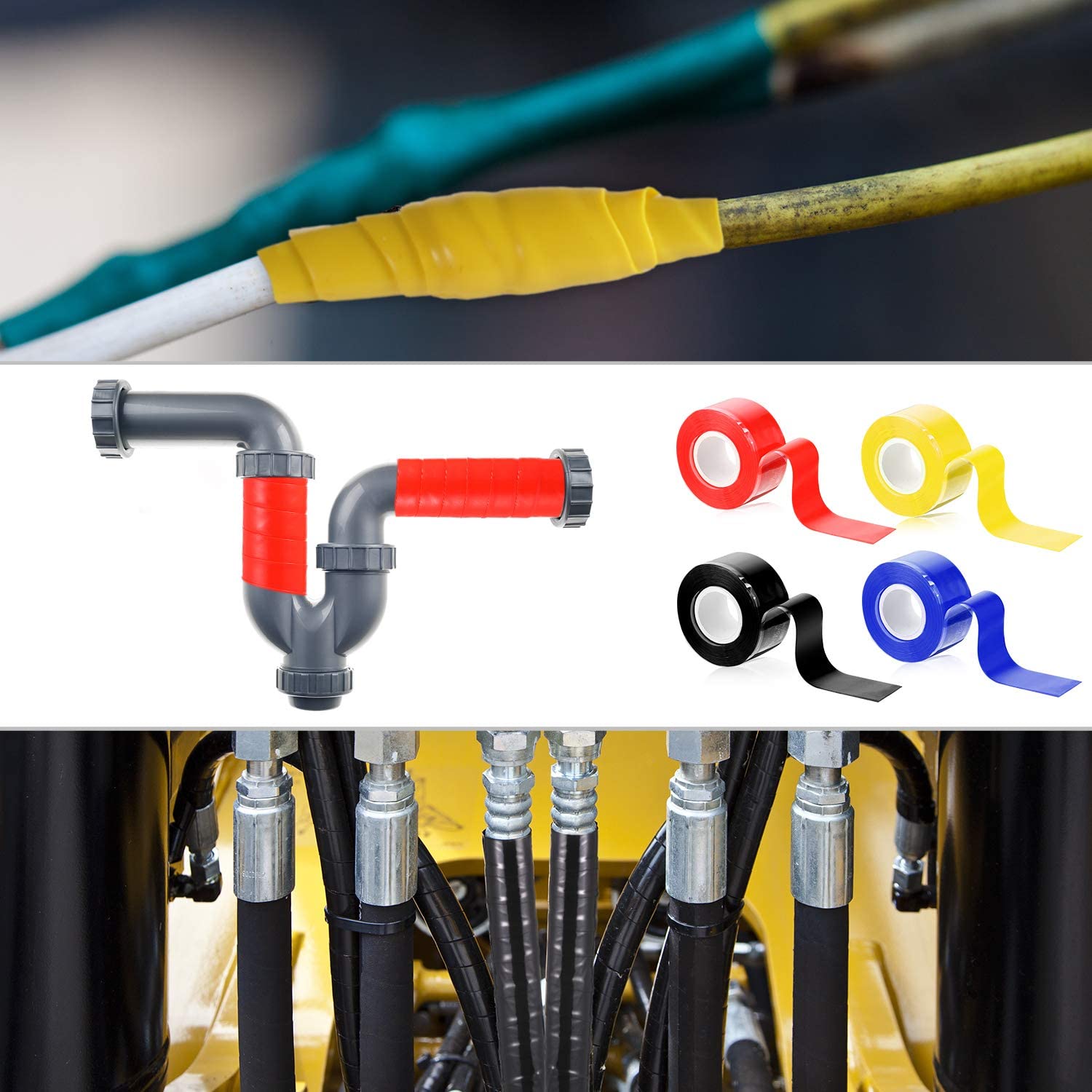Because of the cold weather in winter, small water droplets are easily formed on the inner wall of greenhouses, causing very humid interiors of vegetable greenhouses, which have a great negative impact on crops. Therefore, dehumidification of greenhouse greenhouses in winter is very important. How can we dehumidify the greenhouse vegetable greenhouse in the winter? Here's a specific introduction: 1, vent vent Ventilation and ventilation of greenhouse vegetable greenhouses is a good way to reduce humidity. Ventilation must be done at high temperatures, otherwise it will cause the room temperature to drop. If the temperature drops too quickly during ventilation, close the vents in a timely manner to prevent a sudden drop in temperature and damage the vegetables. 2, watering vegetables to do a good job of dehumidification Greenhouse vegetable greenhouses are properly watered, and watering is the main factor that causes indoor humidity to increase. Winter and spring production can choose sunny gutters or ramets watering, film cover can be used under the film dark irrigation. Watering should strictly control the amount of water, to prevent indoor humidity is too high. After each watering, the air is properly ventilated, and timely slashing of loose soil can reduce soil moisture and reduce air humidity. Greenhouse vegetable greenhouse construction 3, soil dehumidification, using plastic film coverage Greenhouse vegetable greenhouses cover the mulch, and the use of mulching can reduce the evaporation of soil moisture, which is an important measure to reduce indoor air humidity. For example, in the solar greenhouse, large and small ridge distances and double ridges are used to cover the mulch. When water is poured, water flows into the small ridges under the mulch. The mulch prevents the evaporation of moisture, which also prevents the humidity of the air in the shed from being greatly increased. 4, using insulation screen Greenhouse vegetable greenhouses use a material with good hygroscopicity. The insulation curtain materials with good moisture permeability and hygroscopicity, such as non-woven fabrics, can prevent condensation on the inner surface and prevent dew from falling on the plants, thereby reducing air humidity. Natural moisture absorption can use straw, wheat straw, quicklime and other materials in the row to adsorb water vapor or fog to achieve the purpose of dehumidification. 5, increase the amount of light transmitted Greenhouse vegetable greenhouses increase the amount of light can increase the room temperature, room temperature rise, often ventilation, to achieve the purpose of dehumidification.
Self fusing silicone tape
Description:
Self fusing silicone tape is based on silicone rubber material, has super strong strength and elasticity, shocking self fusing ability. It is corrosion-proof, can resist high and low temperature which ranges from -60 degree C to 260 degree C. Also has high resistant to harsh solvents, chemicals, UV. Superior water and air tight sealing performance. Can stand high pressure and voltage, easy to apply.
Applications:
Widely used to protect control cables, gear cables, coolant pipes, air conditioning and ventilation pipes, fuel hoses and heat sensitive parts, water pipes, water tap etc.
Colors:
Red, white, transparent, black, yellow, green, blue, orange.
Thickness: can ranges from 0.3mm to 1mm. Among them 0.5mm thick is the most popular because of it`s high cost performance.
Sizes:
25mm/50mm by 1meters, 1.5meters, 3meters, etc.
Self fusing silicone tape,Self fusing tape,silicone self fusing tape,self fusing silicone rubber tape Kunshan Jieyudeng Intelligent Technology Co., Ltd. , https://www.jerrytape.com


